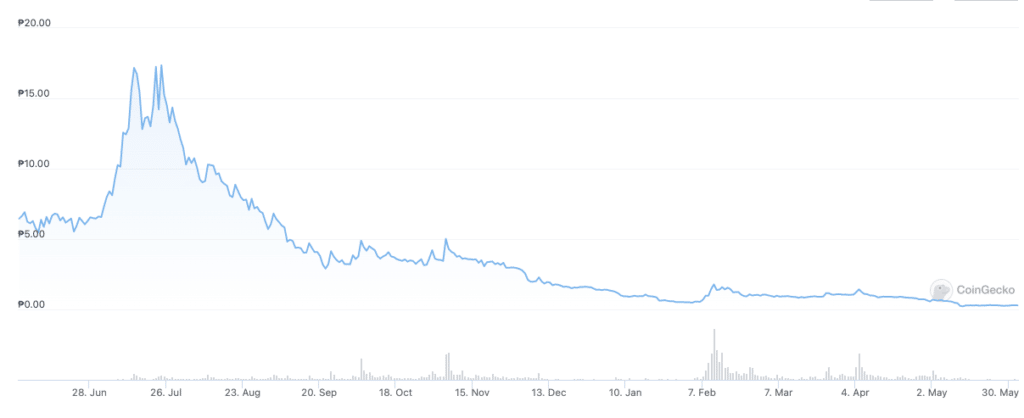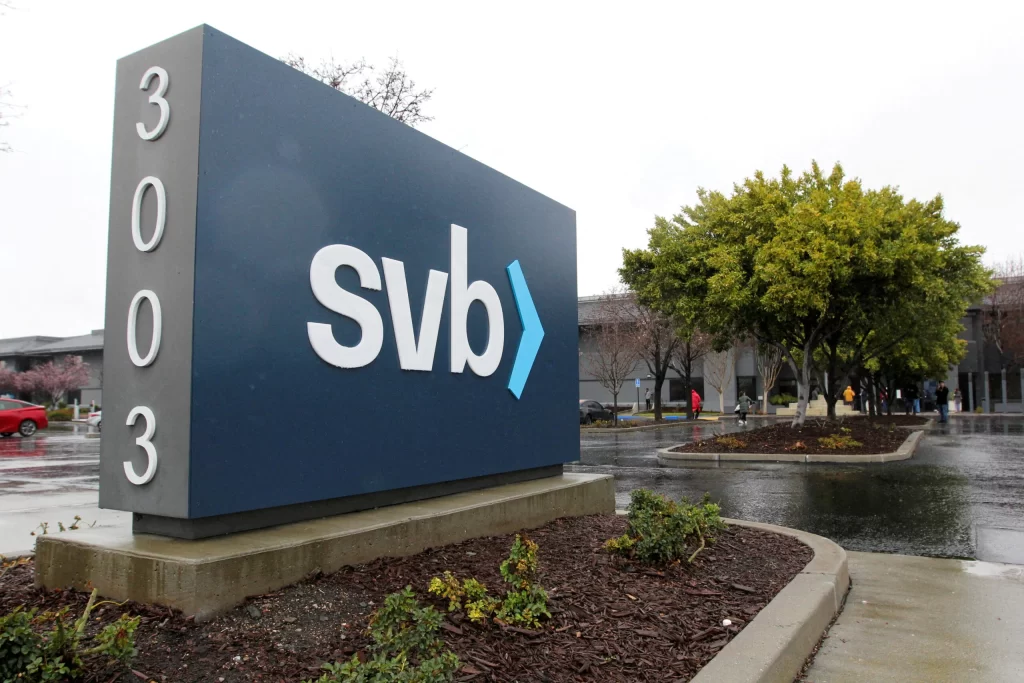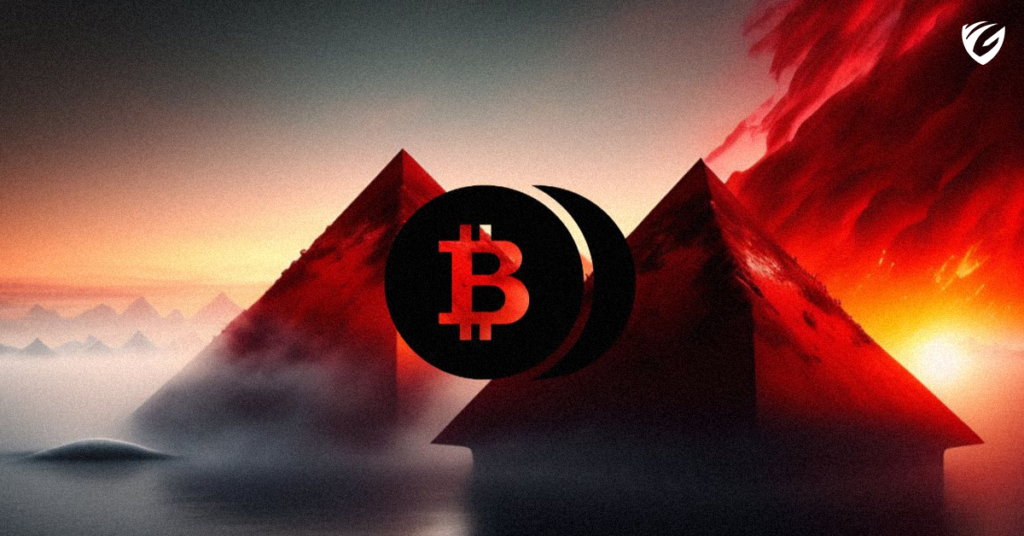Ethereum GameFi activity drops by 96%
GameFi has been struggling for some time; in a report from Arcane Research, the first half of 2022 has shown to be a reality check that followed the Gamefi boom in Q4 2021. The report reveals that active users in the top Ethereum-based blockchain games, including the likes of Axie Infinity, The Sandbox, Decentraland, and more, have declined by roughly 96% from November 2021 peaks.
In particular, Axie Infinity, one of the most popular blockchain games in the world in 2021, has experienced a dramatic fall in popularity over the last few months. Since October, its total monthly active users have fallen from 2.7M peak users down to less than a million on 9th May 2022.
As a pioneer in the market of play-to-earn games, Axie Infinity is still standing strong and is still positioned as a market leader, but there’s been a pullback on its in-game currency market. Almost exactly a year into its play-to-earn journey, Axie’s in-game currency SLP has been on a downtrend with prices dipping from its peak of P20 in July 2021 to now barely exceeding P0.30. The slump has renewed concerns that SkyMavis has run out of steam in its bid to become a top-tier mobile gaming company. But is GameFi’s decline warranted? Or is this pullback an opportunity to buy assets at an attractive price?

The Arcane team came up with a few conclusions: the pullback in audience numbers seems to correlate closely with the reduction in financial rewards as players’ in-game assets become further removed from their real-world value. Play-to-earn games need to find ways to become more sustainable, and they have to come up with better products to fuel market growth. The second conclusion is that there are three major pillars of attention that the market needs to hone in on: cost of entry, token inflation, and incentives. These need to be aptly balanced in order to make blockchain games financially rewarding.
A changing landscape
Despite the decline, however, there is still an abundance of opportunity in the gaming and crypto crossover space, and as has been the case in the past, the companies that survive and thrive will have the foresight to embrace new technologies and business models.
While the “play-to-earn” model certainly is not for everyone, there are still plenty of reasons to remain optimistic as the market matures. After all, there’s still plenty of potential for the model to outscale the padlocked-in rewards currency model, especially in markets where models are more developed and more players are already accustomed to earning rewards through gameplay rather than through spending real money.
GameFi’s fall from grace has brought new attention to blockchain gaming’s struggles, but the market’s demise isn’t necessarily cause for alarm. These are still the early stages of this movement, and birth pains are only to be expected. 2022 could be a tough year for the blockchain gaming sector and investors are starting to question the validity of these investments. Is it time to cut your losses and sell your holdings? Or are these simply growing pains we should be witnessing as the market matures?
The future of blockchain games
It’s easy to dismiss blockchain gaming as a fad, but as long as there are gamers looking for their next big adventure, there will be developers looking to create innovative new platforms to host them on. Research from SuperData shows that the global games market soared during the pandemic, from $159 billion in 2019 to $174.9 billion in revenue generated in 2020. It’s clear that there’s an emerging trend toward gaming as an entertainment medium of choice. That’s simply impressive by any measure, and it’s a clear indication that growth for gaming continues to be robust. And thanks to blockchain technology, those platforms could be even more exciting than anyone imagined as they offer players new kinds of gameplay experiences.
But is this trend short-lived? Will blockchain games be able to compete with existing gaming platforms? Fortunately for enthusiasts, blockchain games offer players a number of advantages over traditional games. The most important one is that players own the game assets and can control how they use them in games such as CryptoKitties or Axie Infinity. This means they can trade them freely between games, or even sell them for real money on the marketplace. Players on blockchain games can have more direct control over the in-game economy and this level of player control over game assets is unique to blockchain games and is one of the reasons many developers have chosen to create blockchain games rather than traditional ones.
It’s hard not to see a future where we’re all playing games built on top of blockchain. With blockchain, real money is at stake, but it’s still wrapped inside a game: the perfect place to test blockchain’s first mass adoption.



